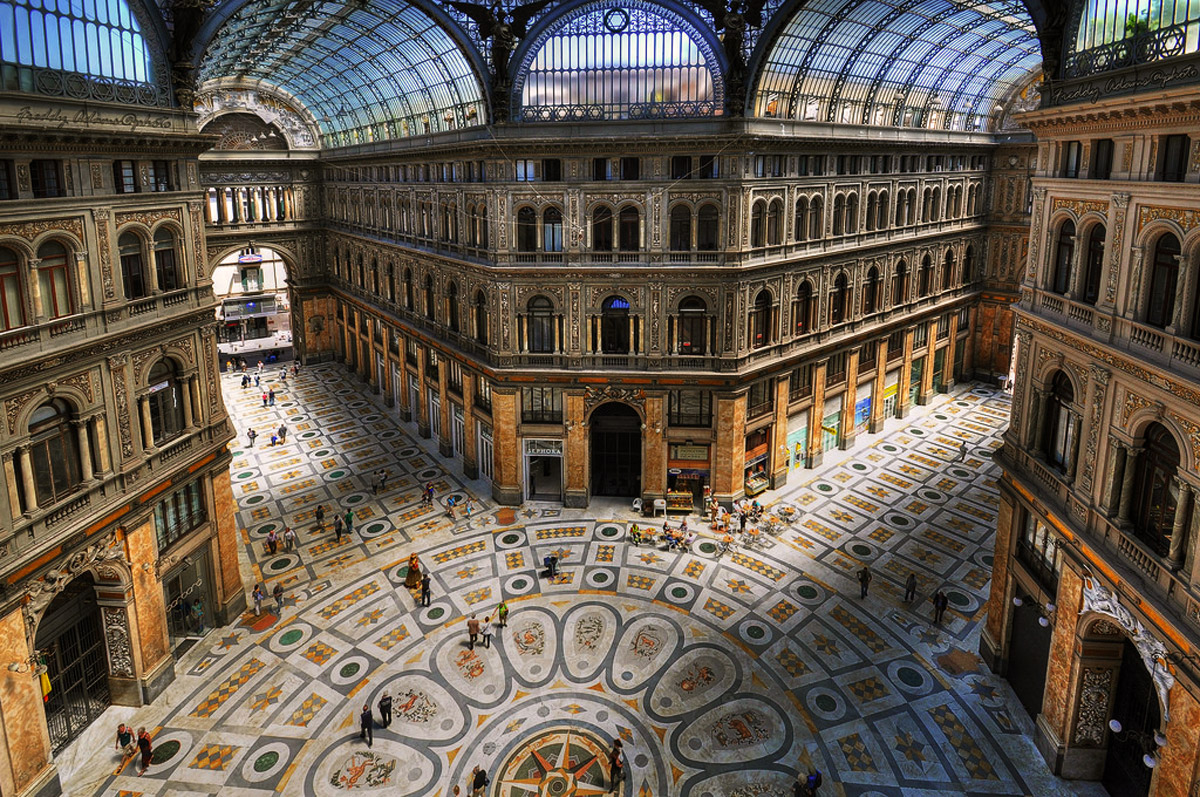Few places capture the imagination quite like Positano, the vertical jewel of Italy’s Amalfi Coast. Rising dramatically from the turquoise Tyrrhenian Sea, this cliffside village—painted in cascading pastel hues—has long enchanted artists, writers, and travelers. Wandering through Positano feels like stepping into a dream where stairways lead to sun-drenched terraces, bougainvillea spills over balconies, and the air smells of lemon blossoms and salt.
History of Positano

Positano’s story stretches back to antiquity, with legends claiming it was named after Poseidon, god of the sea. Once a Roman retreat, traces of ancient villas still lie beneath its streets. In the Middle Ages, Positano flourished as part of the Amalfi Republic, though pirate raids forced locals to build narrow alleys and hidden stairways for protection. By the 19th century it had faded into a quiet fishing village, until artists and writers “rediscovered” it in the 20th century. After World War II, Positano transformed into the beloved retreat it is today—an elegant mix of history, myth, and coastal charm.
Landmarks & Architecture
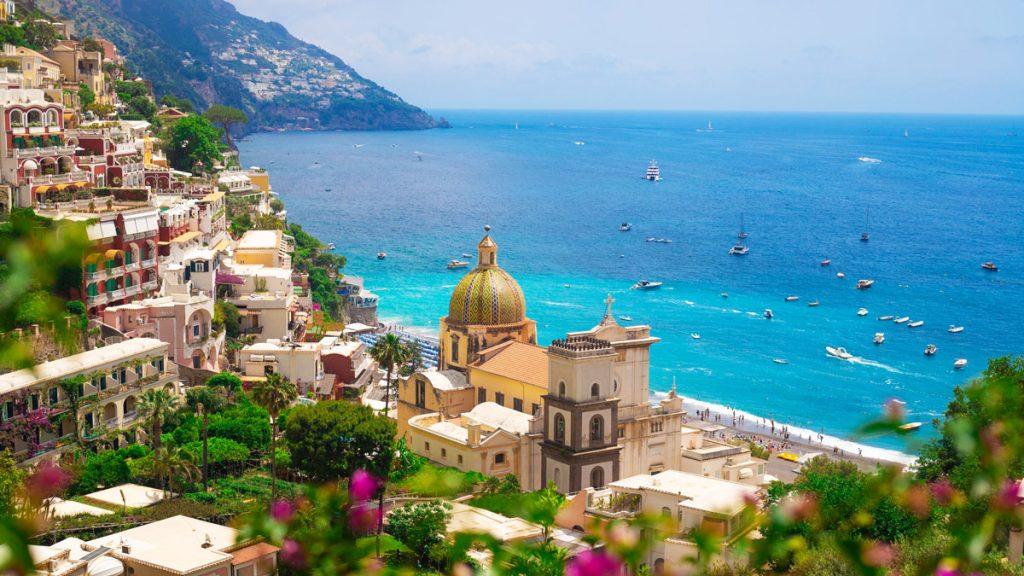
What makes Positano so iconic isn’t just its cliffside geography—it’s the way architecture and nature blend seamlessly. Here, churches with tiled domes rise above the pastel-colored homes, narrow streets wind into hidden piazzas, and every building seems to lean toward the sea as if drawn by its pull. Walking through town, you’re constantly rewarded with postcard-perfect scenes that feel like works of art themselves.

- Church of Santa Maria Assunta: Known for its iconic majolica-tiled dome, this 10th-century church holds a Byzantine Black Madonna icon said to have washed ashore centuries ago.
- Spiaggia Grande: More than just a beach, this is the vibrant heart of Positano—lined with restaurants, boutiques, and the perfect backdrop of stacked cliffside homes.
- Le Sirenuse Hotel: A former noble residence turned luxury retreat, it embodies the timeless elegance of Positano.
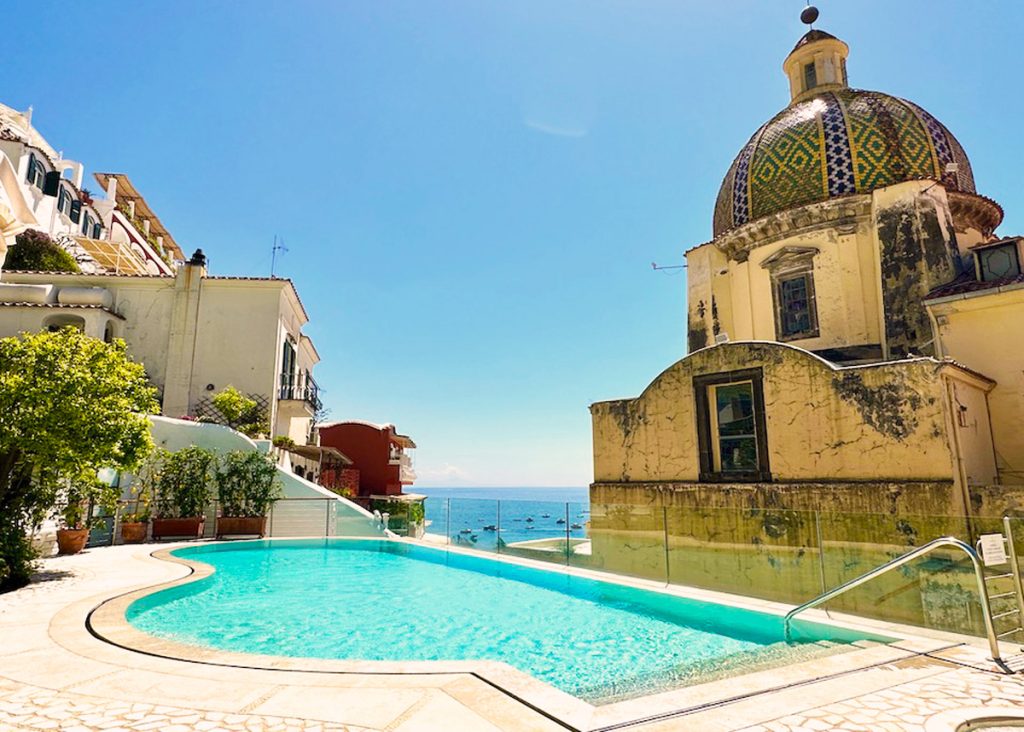
- Palazzo Murat: Once home to Joachim Murat, King of Naples and Napoleon’s brother-in-law, this historic palace is now a boutique hotel surrounded by lush gardens.
- Positano’s Stairways: The town’s labyrinth of steep stone staircases doubles as both streets and viewing terraces, offering hidden perspectives of the coast at every turn.
- Roman Villa (Villa Romana): Recently excavated beneath the church of Santa Maria Assunta, this site reveals mosaics and frescoes from Positano’s Roman past.
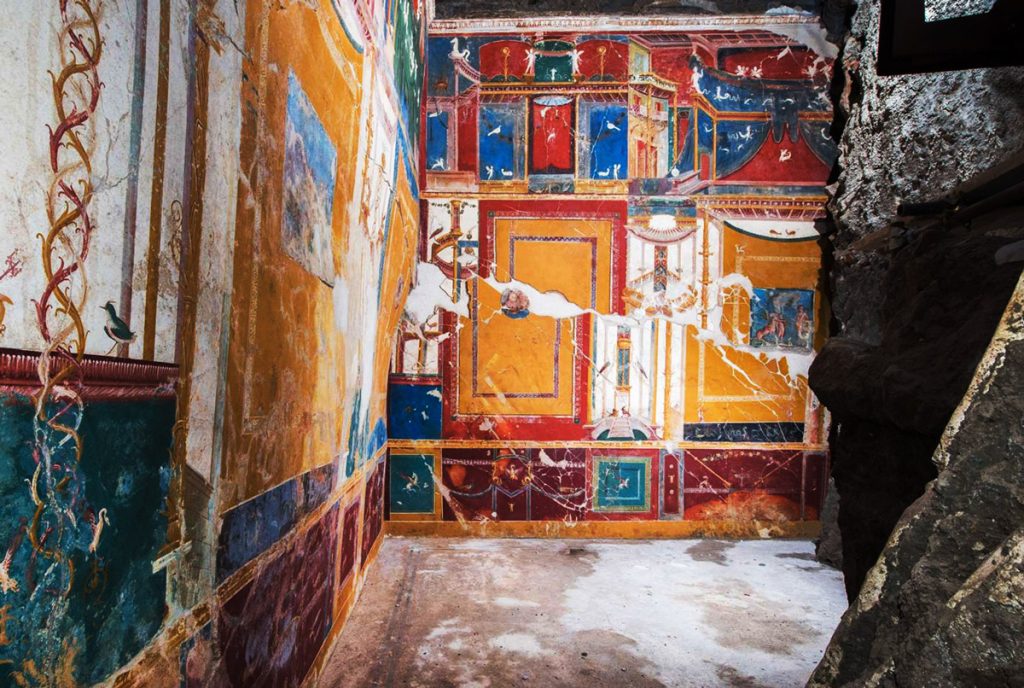
Spotlight: Li Galli — The Island of the Sirens
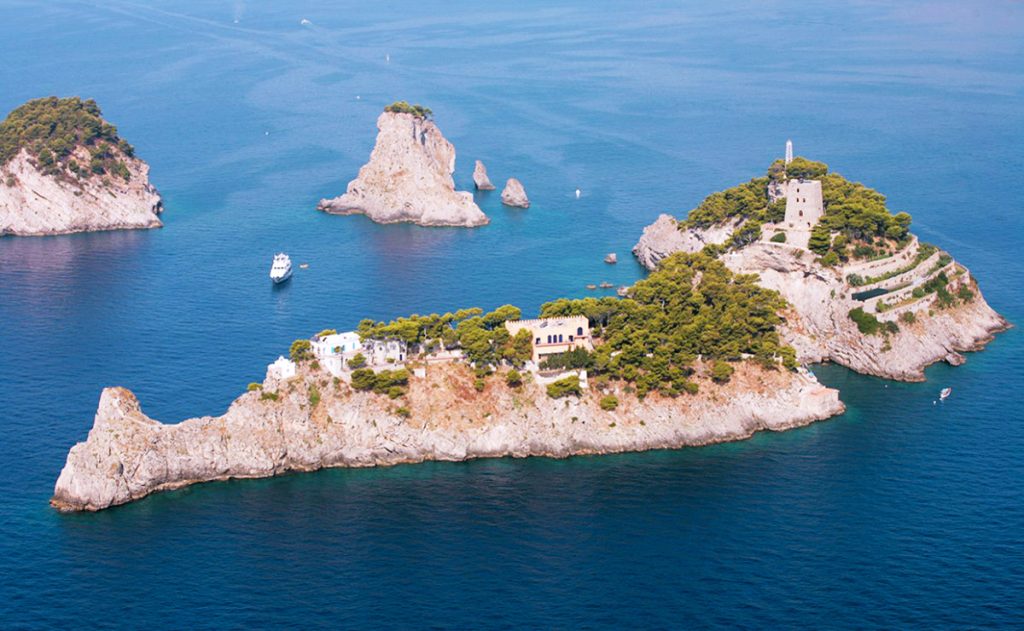
Just off the coast of Positano lies a small archipelago shrouded in myth and beauty: The Sirenusas or Li Galli, often called the “Island of the Sirens.” According to Homer’s Odyssey, this is where the fabled Sirens lured sailors with their enchanting songs, tempting them to crash upon the rocks. Standing on Positano’s shores and gazing out at the tiny crescent of islands, it’s easy to imagine the power such a place once held in legend.
Li Galli is made up of three islets—Gallo Lungo, La Castelluccia, and La Rotonda. For centuries, they were largely uninhabited, adding to their aura of mystery. In the 20th century, however, they captured the imagination of artists: the Russian dancer and choreographer Léonide Massine built a villa there, later restored by famed ballet dancer Rudolf Nureyev, who transformed the island into a private artistic retreat.
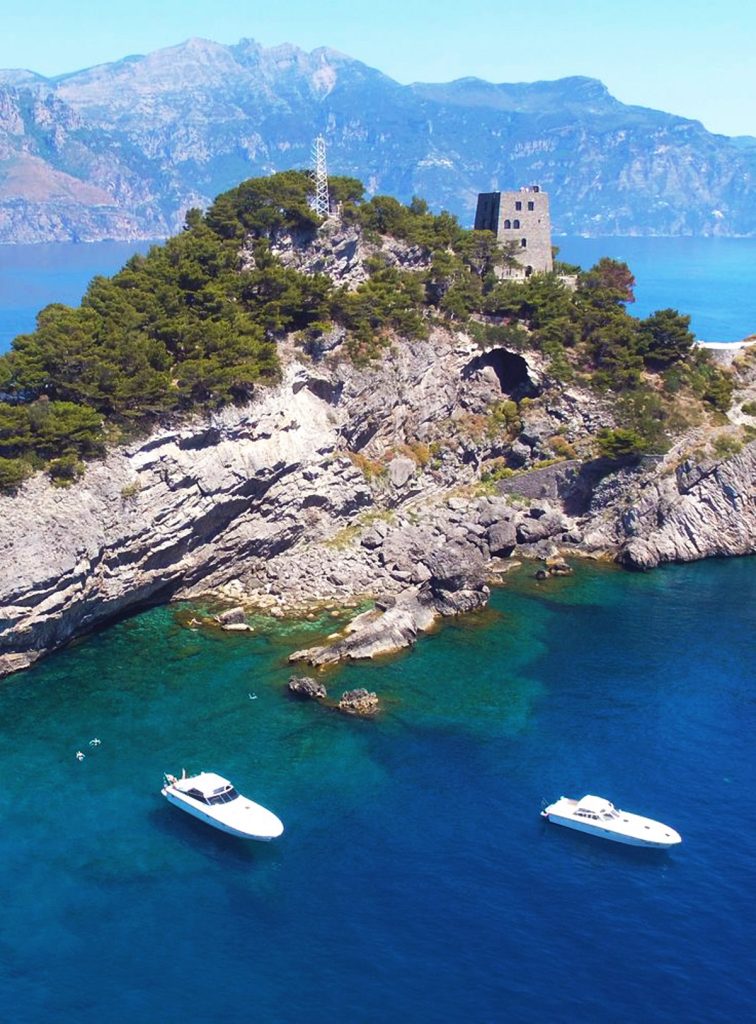
Today, Li Galli remains privately owned, but its story continues to fascinate travelers. While you can’t explore the villas, you can circle the islands by boat from Positano, taking in the dramatic cliffs, turquoise waters, and the haunting beauty of a place forever tied to myth. Many boat tours include swimming stops nearby, where the sea is crystal-clear and the silence feels almost otherworldly—perhaps echoing the songs of Sirens long past.
Li Galli is more than just a cluster of rocks in the sea; it’s a reminder of the powerful blend of myth, art, and nature that defines the Amalfi Coast. To sail around it is to brush against legend, experiencing firsthand the timeless allure that has made Positano and its surroundings so unforgettable.
Hidden Gems
While Positano’s main paths are enchanting, venturing just a little off the beaten track opens up another side of the town—one that feels quieter, more authentic, and deeply personal. These tucked-away corners are where you find the real magic: local fishermen mending nets, hidden coves where the sea glitters undisturbed, and trails that feel almost untouched by time.
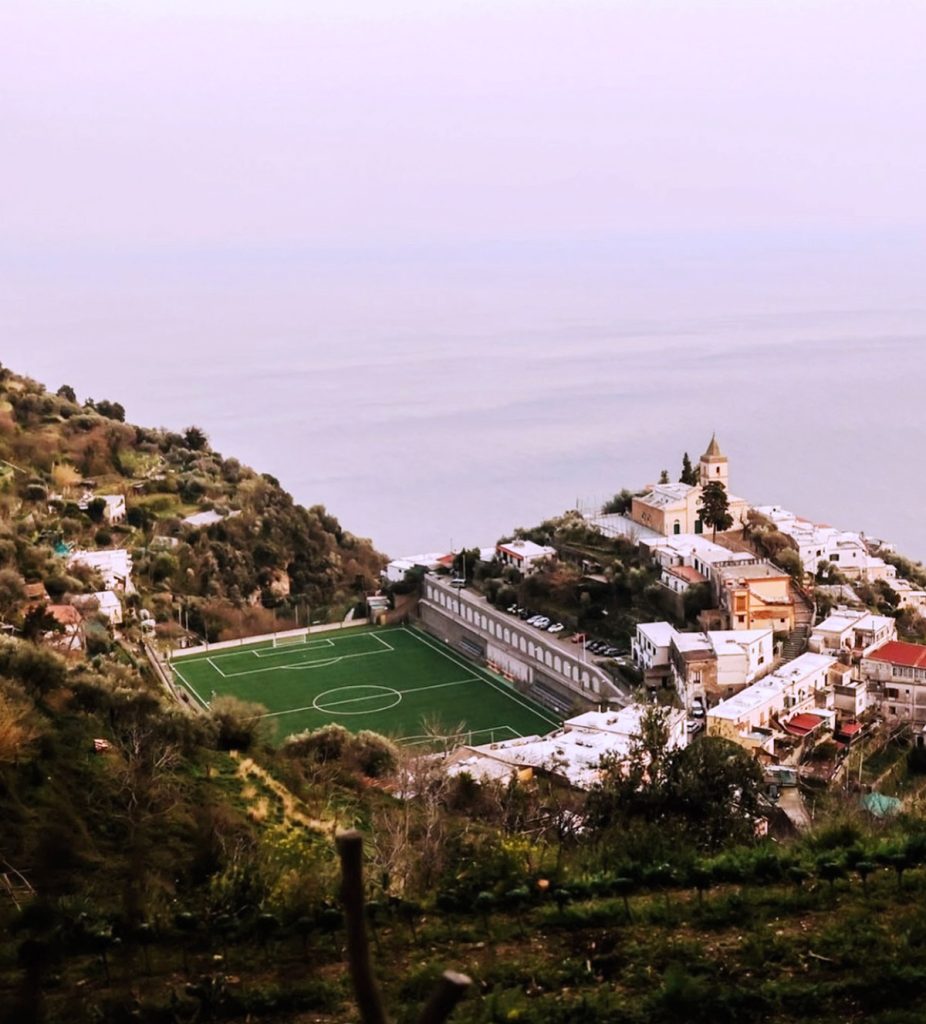
- Montepertuso: A small hillside village above Positano whose name means “hole in the mountain,” referencing a dramatic rock formation. Far from the crowds, it offers sweeping views, traditional trattorias, and a glimpse into everyday local life.
- Path of the Gods (Sentiero degli Dei): A legendary hiking trail above Positano with sweeping panoramas of the Amalfi Coast and Capri in the distance.
- Art Galleries & Artisan Shops: Small ateliers tucked into alleyways showcase local ceramics, linen fashion, and handmade sandals—perfect souvenirs of la dolce vita.
Food & Dining
To eat in Positano is to savor the very essence of the Mediterranean. Meals here aren’t just about food—they’re about moments: long lunches overlooking the sparkling sea, fresh seafood caught that morning, and dishes infused with the brightness of Amalfi lemons. Dining ranges from humble trattorias where grandmothers’ recipes shine, to world-class restaurants where the view alone is unforgettable.

- La Pergola (Casual): Known for wood-fired pizzas and simple coastal dishes—ideal for a relaxed meal after the beach.
- Chez Black (Mid-range): A Positano institution on Spiaggia Grande, famous for heart-shaped pizzas and seafood pasta.
- Zass (Fine Dining): A Michelin-starred restaurant with panoramic views and inventive Mediterranean cuisine crafted from local produce.
- Da Vincenzo (Authentic & Beloved): A family-run trattoria serving traditional recipes, fresh fish, and homemade pasta in a warm, intimate setting.

Shopping
Positano has a rhythm of elegance, and its boutiques and artisan shops are part of that allure. Walking through town feels like entering an open-air gallery of Mediterranean style. Here, you’ll discover breezy linen fashion, vibrant ceramics, and handcrafted sandals—all tied to a tradition of craftsmanship that keeps the essence of Positano alive. Shopping here isn’t about rushing—it’s about wandering, browsing, and maybe carrying home a piece of the coast.
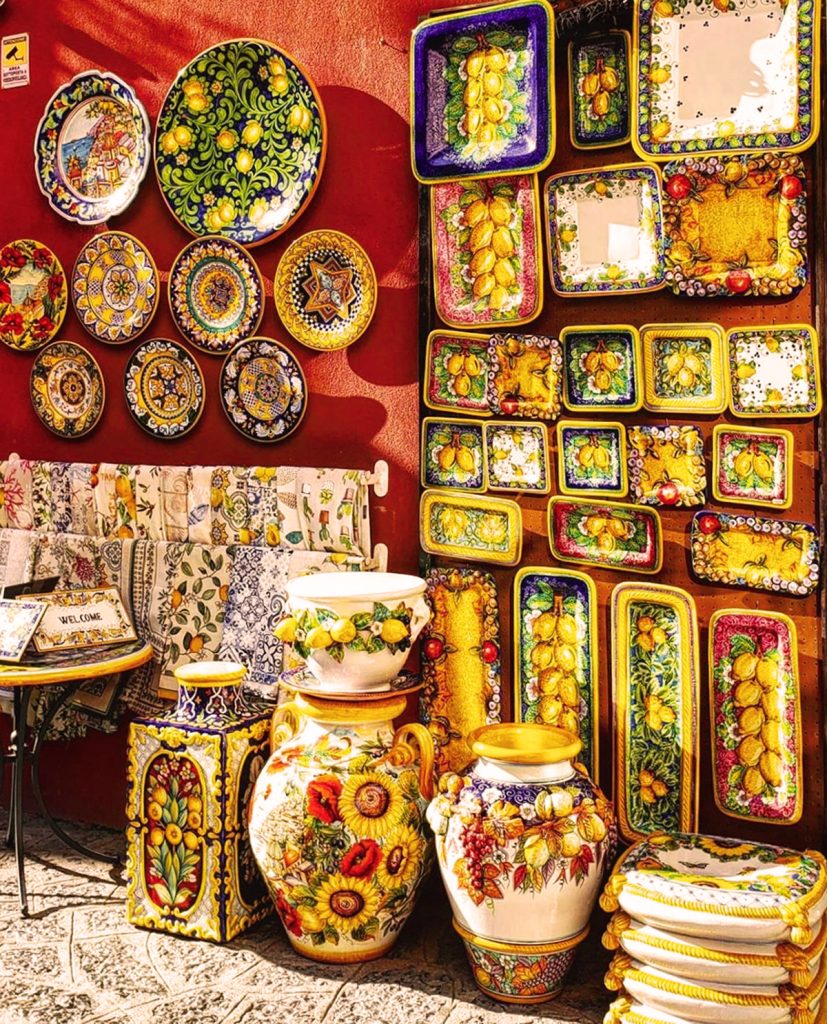
- Ceramics Studios: Hand-painted Amalfi tiles and pottery carry the region’s bold lemon and floral motifs.
- Positano Linen Boutiques: Flowing linen dresses, kaftans, and beachwear are the town’s sartorial signature.
- Sandali Caprese: Custom leather sandals crafted while you wait—a timeless Positano keepsake.
Beaches
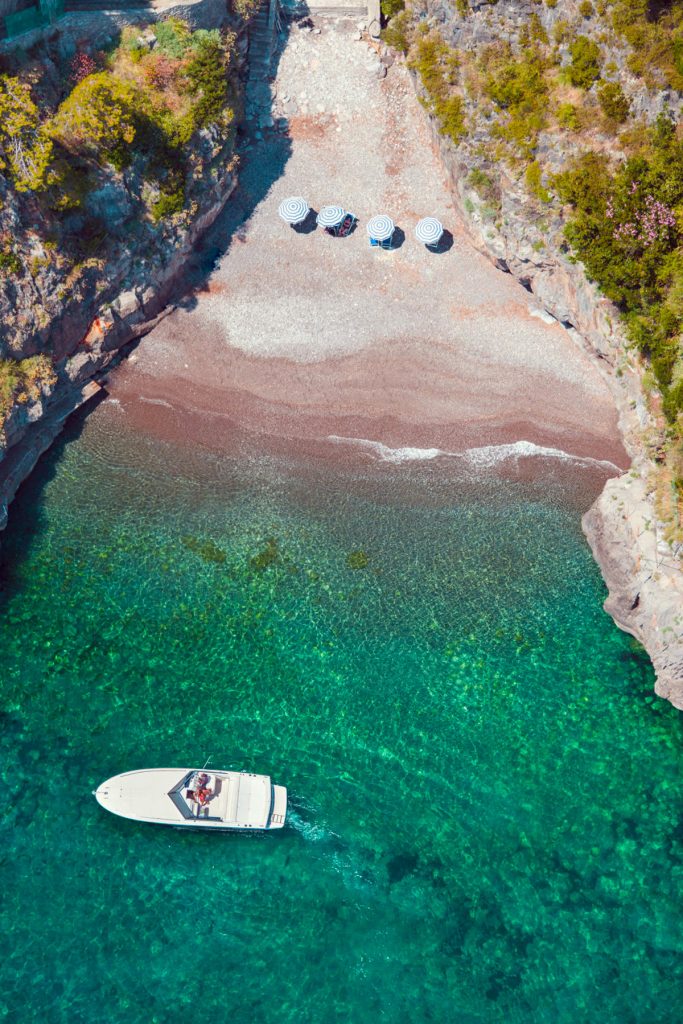
The beaches of Positano are more than just places to swim—they’re the social heart of the town, where sunbathers, locals, and travelers gather to soak in the coastal beauty. With their dramatic backdrops of colorful cliffside houses and the shimmering Tyrrhenian Sea at your feet, Positano’s beaches are as photogenic as they are relaxing. Whether you prefer the lively atmosphere of the main stretch or the quieter coves tucked just around the corner, there’s a perfect spot for every mood.
- Spiaggia Grande: The main beach of Positano and the town’s vibrant hub. Here you’ll find chic beach clubs, rows of sun loungers, and a lively atmosphere set against the spectacular cliffside view. It’s also where many boat excursions depart, making it a natural gathering point.
- Fornillo Beach: Just a short coastal walk from Spiaggia Grande, this smaller beach feels more intimate and less crowded, with a laid-back vibe and charming family-run trattorias.
- Laurito Beach: A tiny, tucked-away cove that feels hidden from the rest of the coast. Accessible by boat or by a narrow path, it’s home to Da Adolfo, a legendary rustic beach restaurant that serves fresh seafood and chilled wine under shady umbrellas.
- Arienzo Beach: Often called the “300 Steps Beach,” it’s reached via a scenic staircase. With crystal-clear waters and a beach club that delivers food to your lounger, it’s perfect for those who want a balance of seclusion and service.
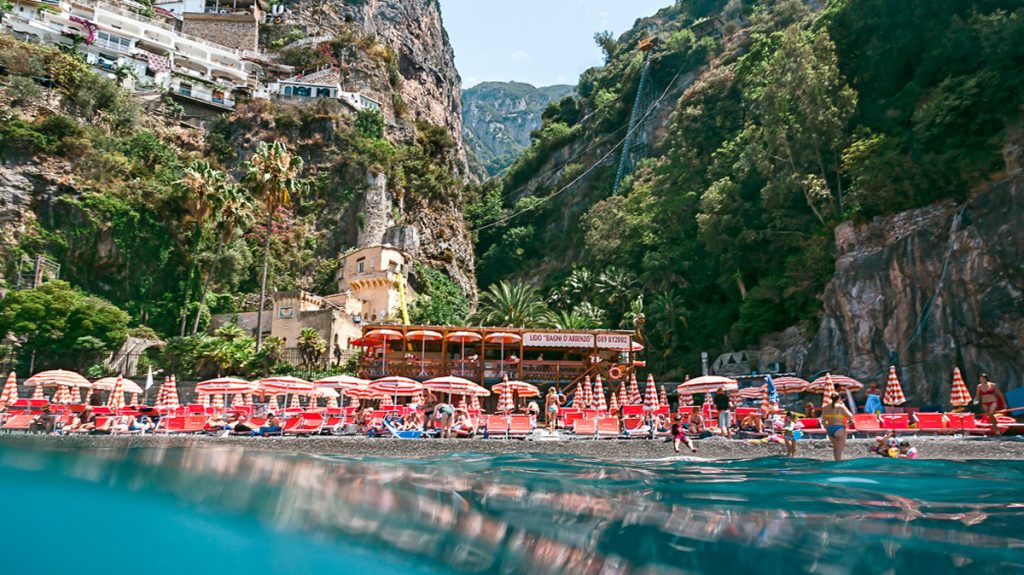
Sunset Hotspots
Few places on earth can rival Positano at sunset. As the sun dips behind the cliffs, the sky blazes with pinks, oranges, and gold, and the pastel houses seem to glow with warmth. The town slows down, people gather on terraces, and glasses of prosecco or Aperol spritz are raised in quiet celebration of the view. Watching the sunset here isn’t just a moment—it’s a ritual.
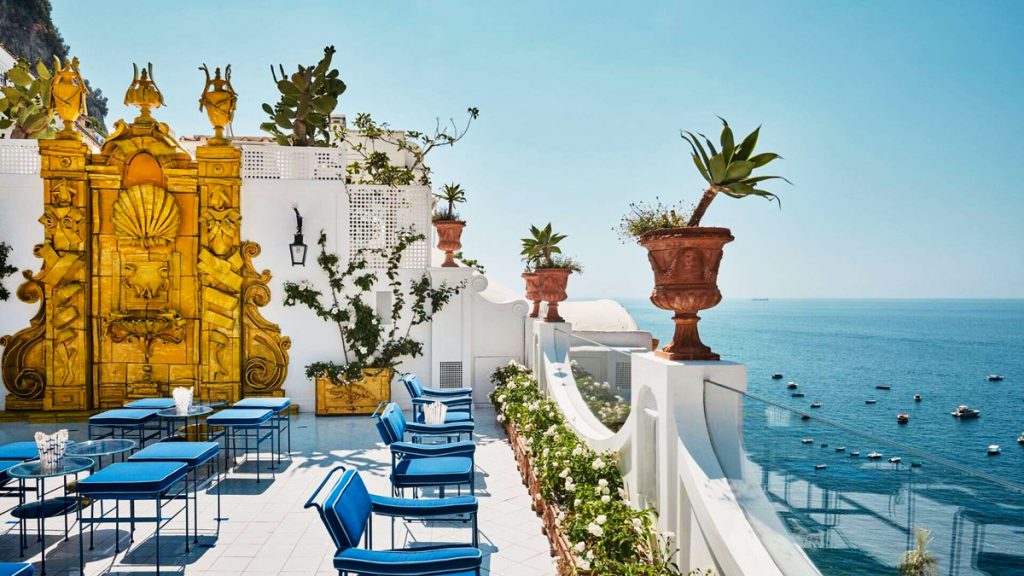
- Franco’s Bar: A chic open-air terrace just above the town, Franco’s has become a sunset icon. With classic cocktails, stylish crowds, and uninterrupted sea views, it’s as romantic as it is lively.
- Il Tridente at Hotel Poseidon: A rooftop setting with a more relaxed, elegant vibe. Guests linger over wine or limoncello while the coastline lights up below.
- Le Sirenuse Terrace: Perhaps Positano’s most glamorous perch, the terrace at Le Sirenuse pairs a world-class cocktail list with one of the best sunset panoramas in town.
- Spiaggia Grande: For something simple but unforgettable, head straight to the beach. With your feet in the sand and the town rising above, the sunset here feels cinematic.
- Arienzo Beach Club (by boat shuttle): Stay until late afternoon and watch the cliffs catch fire with color before heading back by boat under the twilight sky.
Day Trips

As captivating as Positano is, the Amalfi Coast and its surroundings offer adventures worth exploring. Setting out by boat or by winding coastal roads opens doors to ancient ruins, lush gardens, and islands where time seems to stand still. Each excursion expands the story of Positano, reminding you that this village is just one sparkling jewel in a string of coastal treasures.
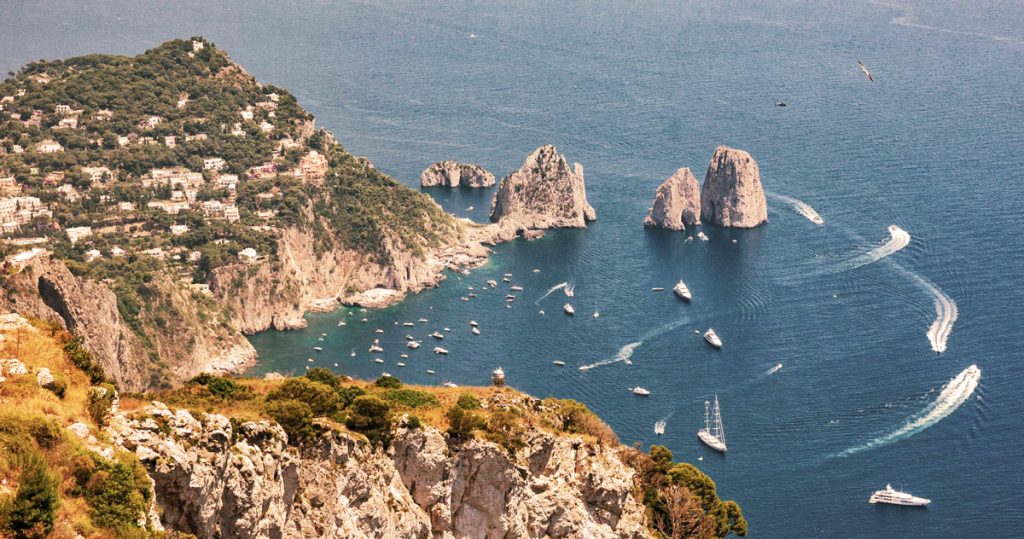
- Capri: Take a boat ride to the island of Capri to marvel at the Blue Grotto, shop designer boutiques, or sip limoncello in the Piazzetta.
- Amalfi & Ravello: Discover Amalfi’s cathedral and Ravello’s gardens at Villa Rufolo and Villa Cimbrone, offering unmatched views.
- Pompeii & Mount Vesuvius: An easy excursion inland to explore ancient ruins frozen in time and hike the slopes of the famous volcano.
Spotlight: The Enchanting Path of the Gods

Few experiences along the Amalfi Coast rival the sense of wonder that comes with walking the Path of the Gods (Sentiero degli Dei). This legendary trail stretches between the hilltop village of Agerola and Nocelle, a tiny hamlet just above Positano, and it offers some of the most breathtaking vistas you will ever see. The name is no exaggeration—at times, it feels as though you are walking above the world, suspended between sea and sky.
The hike itself is about 7 kilometers (roughly 4.5 miles) and can take between two to four hours depending on your pace. While not overly difficult, it does require steady footing, as the path winds along cliffsides and rocky terrain. Along the way, you’ll encounter fragrant wild herbs, terraced vineyards, and the occasional shepherd leading goats along ancient trails. It’s a journey that immerses you in both nature and history—the same route was once used by local villagers to travel between remote towns.
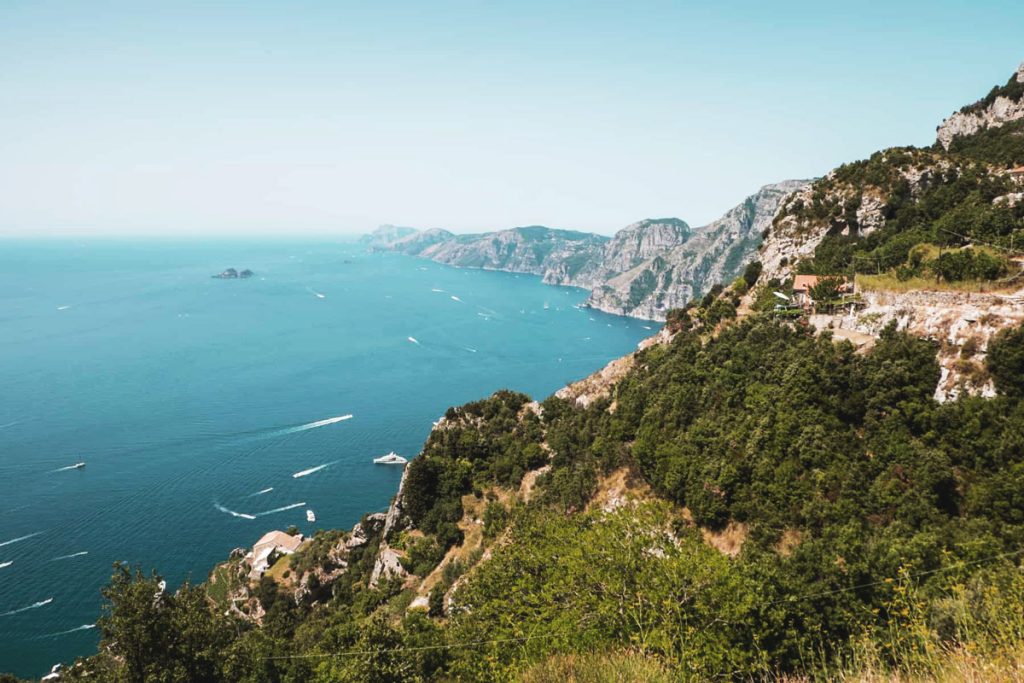
The views are the true reward: sweeping panoramas of the shimmering Tyrrhenian Sea, the dramatic cliffs of the Amalfi Coast, and the distant islands of Capri and Li Galli. On clear days, the horizon feels infinite, and you begin to understand why this hike has inspired so many myths and stories. Sitting on a rocky outcrop with the wind in your face, you can almost imagine the gods themselves once treading these same paths.
For those planning the walk, starting in Agerola and descending toward Nocelle is often recommended, as it offers the most dramatic views ahead of you and an easier gradient. Once you reach Nocelle, you can descend a long staircase directly down to Positano, or stop at a local café for a cold lemon granita—the perfect refreshment after such an unforgettable hike.
The Path of the Gods isn’t just a trail—it’s an experience that lingers. It’s the kind of journey where the journey is the destination, and one of the rare moments in travel when nature, history, and myth all converge into something truly unforgettable.
Practical Tips
Visiting Positano can feel like a dream, but a few practical notes make the experience smoother. The town is vertical, with countless steps and narrow lanes—embrace it as part of the charm. The best times to visit are outside peak summer when the weather is warm but the crowds lighter. And perhaps the greatest piece of advice: see Positano from the water. Arriving by boat reveals the village in all its cascading glory, a view that will stay with you long after you leave.

- Best Time to Visit: Late spring (May–June) and early autumn (September–October) for fewer crowds and perfect weather.
- Getting Around: Positano is largely pedestrian, with steep stairways instead of roads. Pack comfortable shoes and prepare for climbs.
- Boat Excursions: Many travelers choose to arrive or explore Positano by sea—arguably the most spectacular view of the town.
Final Thoughts
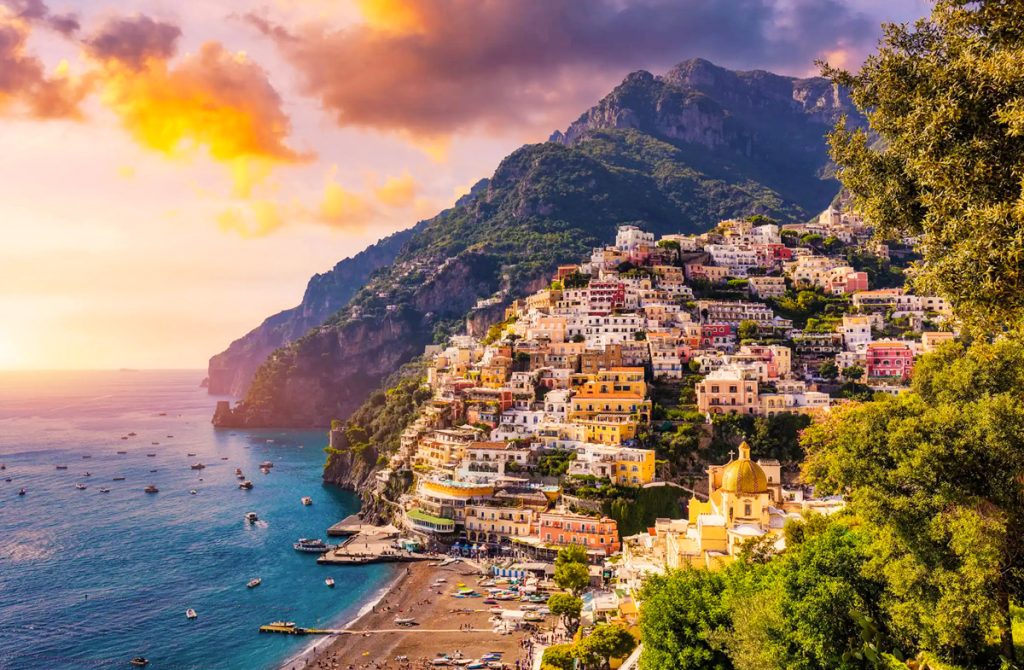
Positano isn’t just a destination—it’s a state of mind. With its cascading houses tumbling down the cliffs, its turquoise waters lapping golden beaches, and its labyrinth of alleyways filled with laughter, scent, and color, Positano embodies the very soul of coastal Italy. It’s a place where every stairway leads to a new discovery, every meal tastes of the sea and sun, and every view feels like a painting brought to life.




